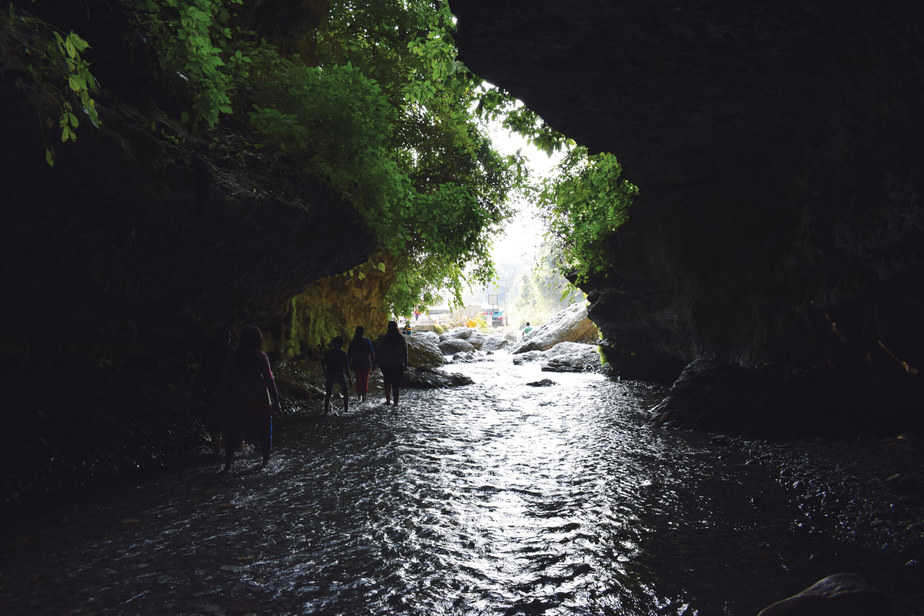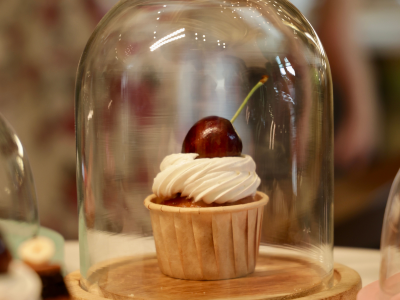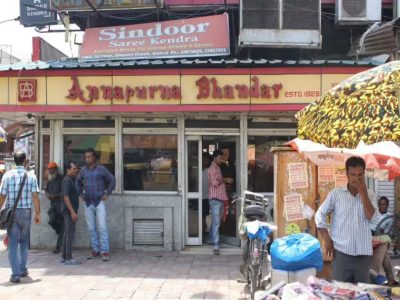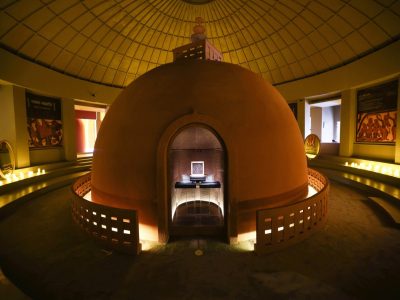Here are five places with delightful water bodies that you can visit this summer, before the monsoon hits the northern plains
Raneh Falls
Imagine an exotic rocky landscape where the stars are singing a romantic song. That’s Raneh Falls, aptly called the Grand Canyon of India. Located about 20 km from Khajuraho, this is a natural waterfall at Ken river. It’s the surreal environs that capture the heart and soul here. The river forms a 30-m deep, 5-km long canyon. The rocky landscape comprising granites and dolomites changes colours as the sun traverses the sky —from pink and red to orange and grey. And then there is the shimmer of the emerald green waters resting amid these red rocks.
Drive down through the scanty forest road within this area and you might be lucky enough to meet the nilgais, monkeys, langoors and a variety of birds. At the confluence of the Ken and Khudar rivers is the Ken Ghariyal Sanctuary. Borrow the binoculars of the guard sitting there and spot the ghariyals sunning on the rocks.
Of course, you must walk around Khajuraho to see the famous temples. The southern and eastern groups are a little further away and you will need more time. Do walk into the Archaeological Survey Museum and Advart and the Tribal and Folk Art Museum to see what tribal life in Madhya Pradesh is all about.
Dehradun’s Robbers’ Cave
While most simply cross the town famous for its educational institutes, there is a lot that pleases the senses here. After checking out more famous places such as the Forest Research Institute and Tapakeswar temple, dedicated to Shiva, try going for a picnic to Robber’s Cave or enjoying the peace at Mindrolling Monastery.
Robber’s Cave, or Guchhu Pani as the locals call it, is a natural cave with the river flowing through it. Guchhu literally means ‘water in a cup’. Almost 600 metres long, wading through the fast flowing ankle-deep water, is quite an exhilarating experience. It is said that during the British Raj, the thieves escaped through this passage into the forest. At the end of the cave, you come to a small waterfall from where the river drops and has carved its way through the limestone. With just some rays of the sun trickling in, you feel you are part of an adventure series, something like the Famous Five by Enid Blyton.
Mindrolling Monastery is located in Clement Town and it’s a Tibetan settlement. You will enjoy watching the colours on the streets, the cafes and the smiling faces. The monastery is modelled on the one in Lhasa and has a school for young monks.
Where assamese rivers meet
While most visit Assam for the Kaziranga National Park, the state houses many more beautiful places. And among the lesser visited are the monuments in Sibsagar or Sivasagar. Known as Rangpur earlier, it was the capital of the Ahoms from 1699 to 1788. They had ruled Assam for almost six centuries before the empire fell in the hands of the Burmese in 1819. The area is green, surrounded by the Dehing rainforest. Here the Brahmaputra and Lohit rivers meet.
Walk around the Rang Ghar, Talatal Ghar and the Sivasagar Sivadol temple. Rang means colour and this was an amphitheatre where the cultural colours exploded. The double-storied, red oval structure had a roof shaped like an inverted boat. Constructed by Pramatta Singha, this is believed to among the largest of amphitheaters of its time.
Talatal Ghar is an army base. The two secret tunnels and three floors below ground level as exits during wars gave it this name talatal, which means underground. Sivasagar Sivadol temple with its golden dome is quite a surprise. Goats roam around, ignoring the devotees who enter this temple built in 1734 by Kuwori Ambika, wife of Siba Singha. Dedicated to Shiva, there are separate sanctums for Parvati and Vishnu in the same complex. Behind this is Joysagar, which is believed to be the biggest man-made lake in the country. It was built by Rudra Singha for his mother Joymoti.
Thattekkad flat forest
Green, lush and a place that birders and the recluse love, Thattekkad is where you revel in the showers. Thattekkad means ‘flat forest’ and the Dr Salim Ali Bird Sanctuary brings this little town to life, being home to some amazing species of birds. Dr Ali called the area located between branches of the Periyar river as the richest bird habitat on peninsular India. Morning, afternoon or evening, the region just has birds flitting all around.
The sanctuary has some 280 species of water and land birds. The more frequently sighted birds are the bronzed drongo, black-headed oriole, kingfishers, Ceylon frogmouth. The forest is also home to elephants, leopards, elephants, sloth bears and porcupines.
The idea is to sit back and enjoy Nature. Watch the ripples in the river or the fishermen putting in their nets. You could even cycle or walk through the plantations. For those who seek a little more adventure, there is kayaking. Nearby are the Cheria Pally Church, Bhoothathankettu Dam and some stunning waterfalls.]
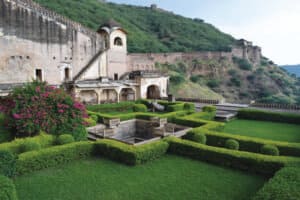
Square lake at Bundi
Bundi is green, yes green. There’s no desert here, only colourful flowers and plants with huge leaves. Among the lesser visited parts of Rajasthan, this houses many architectural marvels. Built in the shape of a star, Taragarh fort is a treasure trove for history and art lovers. The mammoth structure is now crumbling in various parts, but the gigantic entrance door and the colourful ceilings at the entrance are a reminder of the royal era.
Enjoy Nawal Sagar, a large square-shaped artificial lake with a Varuna temple in the middle, the cream-coloured Sukh Mahal where Rudyard Kipling stayed and Chaurasi Khambon ki Chhatri.
The name Bundi comes from the king of the Meena tribe — Bunda Meena. It was also called Bunda-Ka-Nal, nal means narrow ways. As the region came under Rai Deva Hada in 1342, he made it a princely state. The area then became Hadoti or the land of great Hada Rajputs. Much later, the Mughals took over the region.
And in the fort lies the blend of all these influences. While most areas are shut, there is a hall of elephants that is quite fascinating. The fort was constructed in 1354. A room with some amazing frescoes can only be accessed by the royal clan. Mind the bats though for certain areas are infested with these night creatures.
While the fort and the palace are interconnected, you need a guide to reach it. This houses a Chitrashala or picture gallery which has frescoes of Radha-Krishna and the court scenes with queens and kings.

